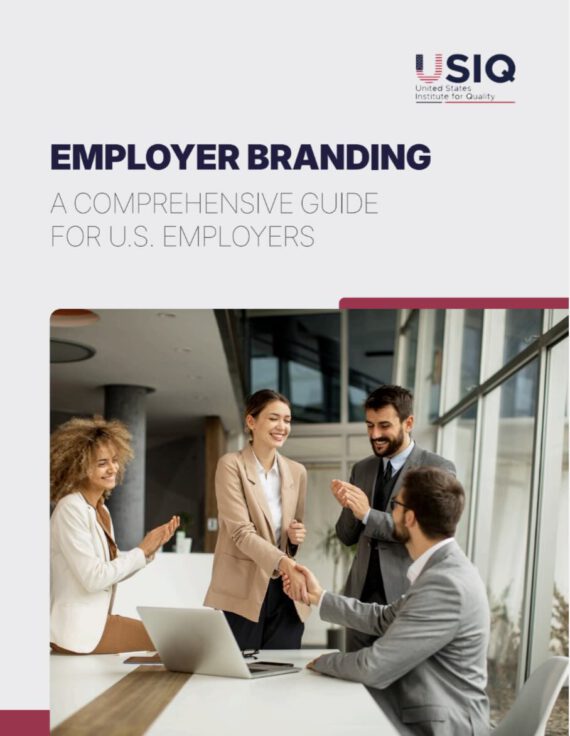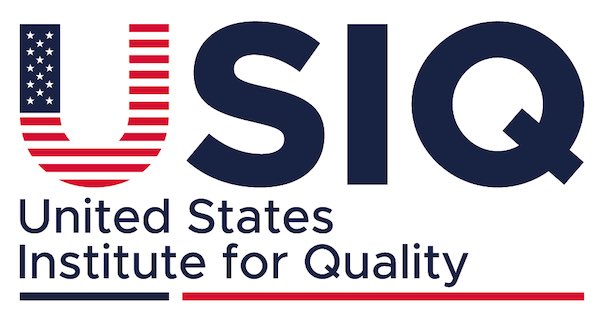|
Getting your Trinity Audio player ready...
|
An employer brand is a central component of employer branding and plays a key role in positioning a company as an attractive employer. It encompasses all aspects that influence the perception of a company as an employer and forms the basis for the strategic orientation of HR marketing or Personal Marketing. (Hrmony, 2024).
An employer brand can be understood as the image and identity of a company as an employer. It is formed by the sum of all experiences and perceptions that current, potential, and former employees and other stakeholders have of the company.
A strong employer brand is characterized by clarity, consistency, and authenticity and is strategically developed to communicate the company’s values and culture (Backhaus & Tikoo, 2004, pp. 507-508). According to Edwards (2010), the employer brand is “the perception of the organization as an employer by internal and external audiences, based on the experience and reputation of the organization.”
This definition emphasizes the significance of a company’s experience and reputation in shaping its employer brand. A strong employer brand helps position a company as an employer of choice, attracting and retaining the best talent. A company’s values and culture form the foundation of its employer brand. They define what the company stands for and how it works. Clear and authentic communication of these values and culture is crucial to strengthening the employer brand (Mosley, 2014, pp. 157-158).
1. Employer Value Proposition
An employer value proposition (EVP) comprises the promise that a company makes to its employees in terms of working conditions, development opportunities, remuneration, and work-life balance. A well-formulated EVP is a central component of an employer brand and helps differentiate a company from its competitors (Sullivan, 2004, pp. 511-513).
Employee experiences and stories play an important role in shaping an employer brand. Authentic and positive employee stories can strengthen an employer brand’s trust and credibility (Lievens & Slaughter, 2016, pp. 436-437).
The way in which a company communicates externally also influences the perception of an employer brand. This includes the use of career sites, social media, job advertisements, and other communication channels to reach potential applicants (Ewing et al., 2002, pp. 8-10).
2. Advantages of a Strong Employer Brand
A strong employer brand offers numerous strategic advantages. It not only helps attract qualified talent but also contributes to employee retention and motivation. Employees who are proud of their employer brand and identify with their company’s values tend to be more committed and loyal (Backhaus & Tikoo, 2004, pp. 512-513). A strong employer brand can also reduce recruitment and turnover costs by making it easier to attract and retain talent (Mosley, 2014, pp. 11-13).
3. Challenges to Building a Strong Employer Brand
However, building and maintaining a strong employer brand comes with challenges. One of the biggest is creating a consistent and authentic brand that is credible both internally and externally. This requires close collaboration between the HR, marketing, and communications departments. In addition, the employer brand must be regularly reviewed and adapted to changing market conditions and employee needs (Lievens & Slaughter, 2016, pp. 427-429).
Another obstacle can be the discrepancy between the perceived and actual corporate image. If the externally communicated values and promises do not match the employees’ authentic experiences, this can lead to reputational damage and a loss of trust. It is, therefore important, that companies remain authentic and continuously evaluate and improve their internal processes and structures (Sullivan, 2004, pp. 515-516).

What is Employer Branding?
4. Summary: Employer Brand
In summary, it can be said that an employer brand is a decisive factor in the success of employer branding. A strong, consistent, and authentic employer brand helps employers differentiate themselves from other employers in the competition for talent, increase employee satisfaction and loyalty, and achieve long-term corporate goals. Employer branding is a part of personal marketing.
Sources:
- AMBLER, T. / BARROW, S. 1996 The employer brand. Volume 4. in Journal of Brand Management 4 (3).
- BACKHAUS, K. / TIKOO, S. 2004. Conceptualizing and researching employer branding. In Career Development International, 9 (5).
- BUSOLD, M. 2019. war for talents. Success factors in the battle for the best. Wiesbaden: Springer Verlag.
- EDWARDS, M. R. 2010. An integrative review of employer branding and OB theory. In Personnel Review, 39 (1).
- ESCH, F. / BAUMGARTL, C. / STAHL, M. / JAEGER, A. 2016. Employer branding: Attracting the right potentials. In: Esch, FR. Handbook of brand management. Springer Reference Wirtschaft. Wiesbaden: Springer Gabler.
- LIEVENS, F. / SLAUGHTER, J. E. 2016. Employer image and employer branding: What we know and what we need to know. In Annual Review of Organizational Psychology and Organizational Behavior, 3 (1).
- MOSLEY, R. 2014. Employer Brand Management: Practical Lessons from the World’s Leading Employers. Wiley.
- NAUNDORF, J. 2016. Significance of employer award results. Dissertation, Otto-von-Guericke University Magdeburg. Munich: Rainer Hampp Verlag.
- SÜß, M. 1996. corporate image and its effects. Journal of Business Administration, 66 (2).
- TROMMSDORFF, V. 2004. consumer behavior. Stuttgart: Kohlhammer Verlag.
Related Articles
The current fast-paced job market demands essential adaptability from both workforce members and organizations. The technological changes in industries and [...]
A successful social media marketing strategy for B2B success depends on trust development while sharing valuable content that targets decision-making [...]
Every employer understands the importance of retaining their employees because this is one way through which their business can grow [...]
Email marketing represents an effective strategic tool for business growth in the online field. Your email marketing strategy requires active [...]





